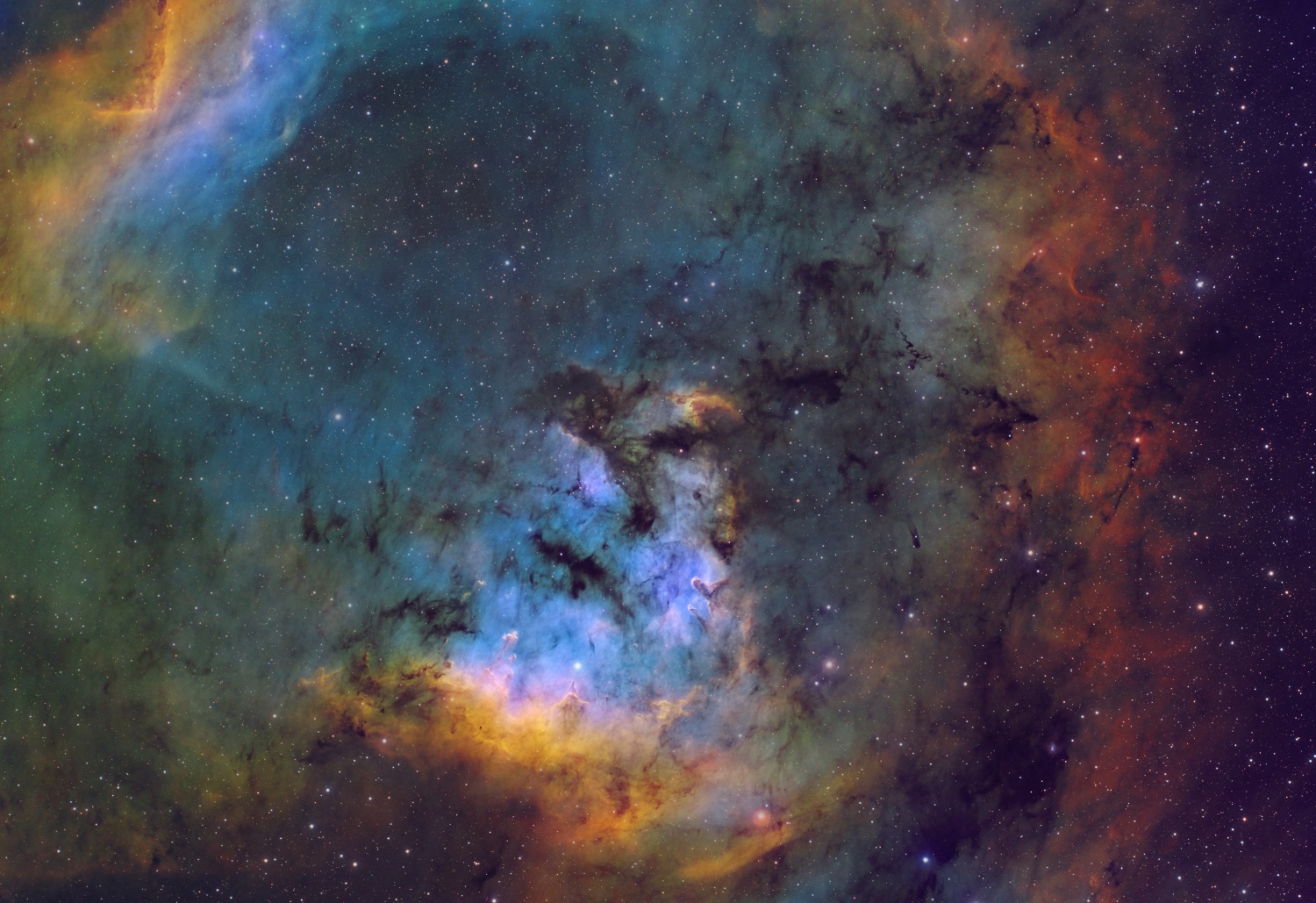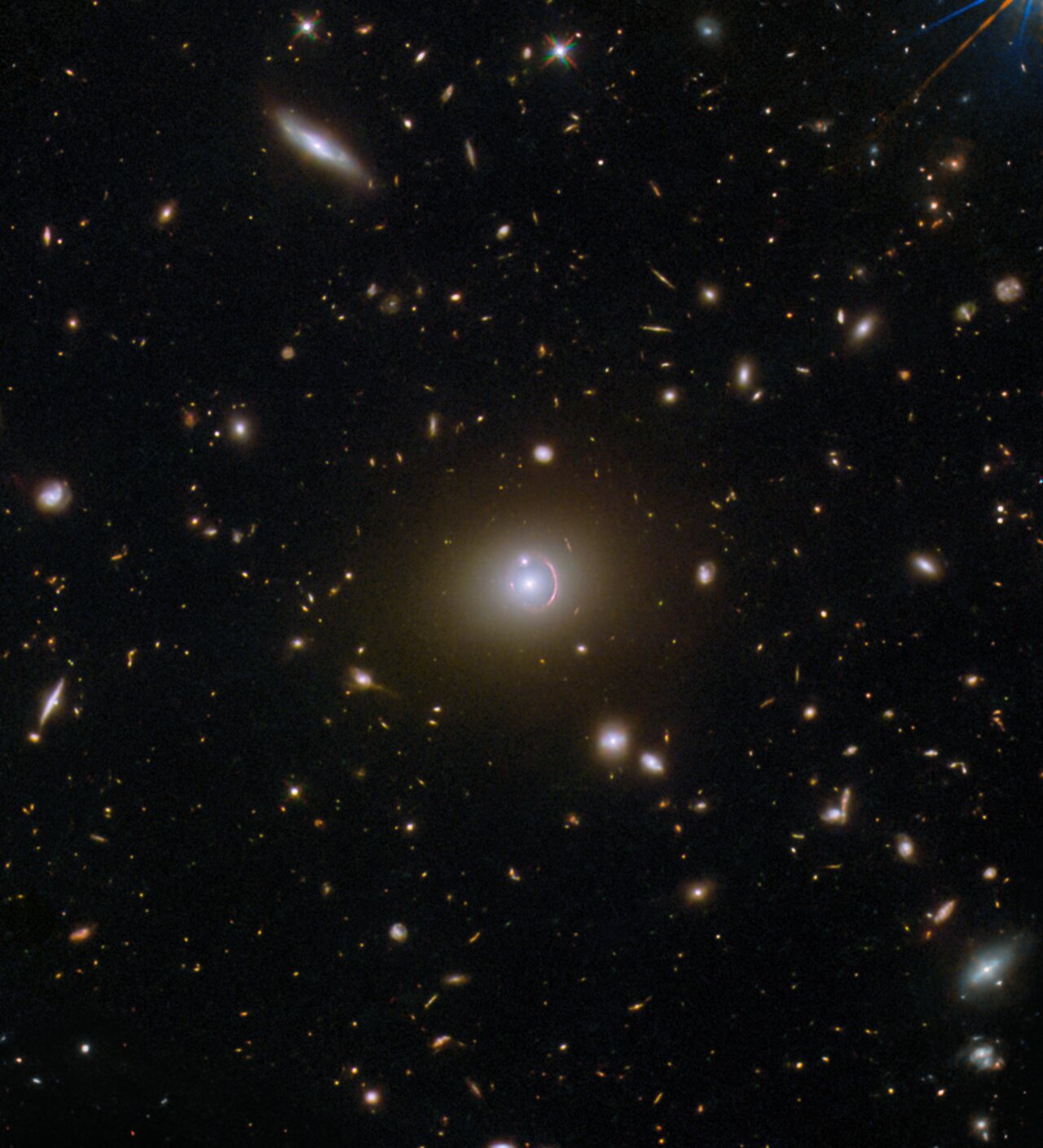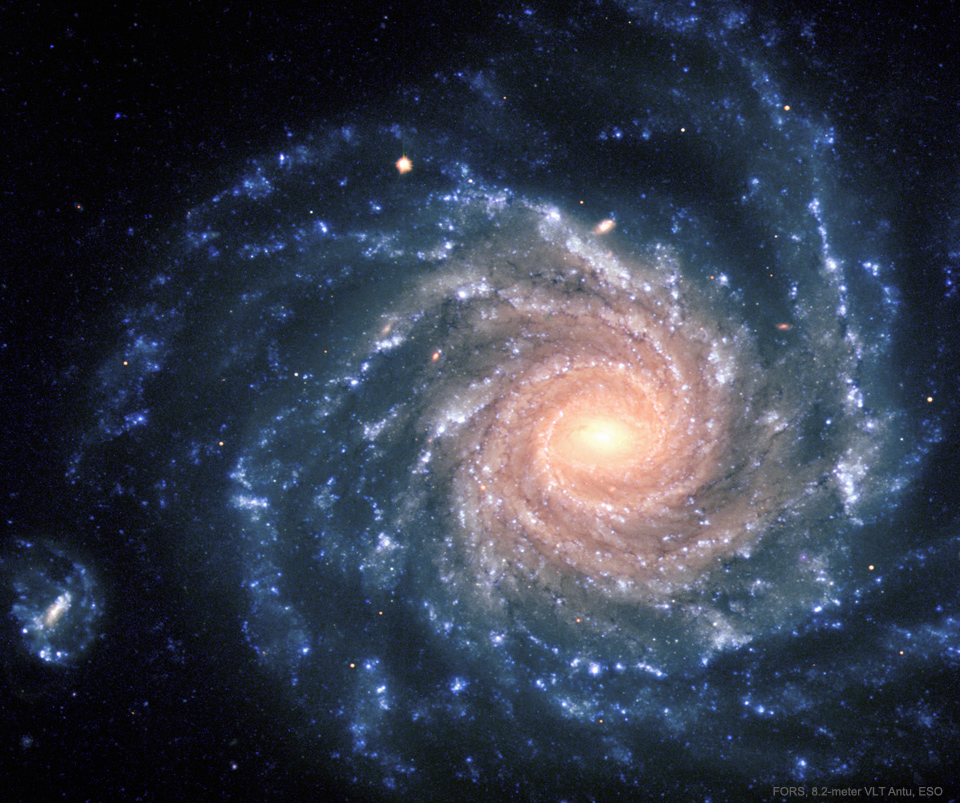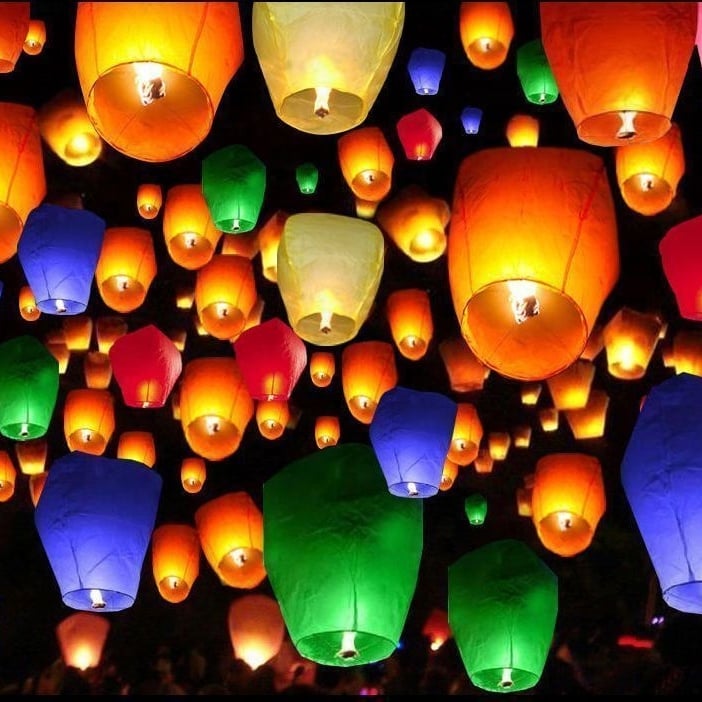Blog
John McLaughlin (born 4 January 1942), also known as Mahavishnu, is an English guitarist, bandleader, and composer. A pioneer of jazz fusion, his music combines elements of jazz with rock, world music, Western classical music, flamenco, and blues. After contributing to several key British groups of the early 1960s, McLaughlin made Extrapolation, his first album as a bandleader, in 1969. He then moved to the U.S., where he played with drummer Tony Williams‘s group Lifetime and then with Miles Davis on his electric jazz fusion albums In a Silent Way, Bitches Brew, Jack Johnson, Live-Evil, and On the Corner. His 1970s electric band, the Mahavishnu Orchestra, performed a technically virtuosic and complex style of music that fused electric jazz and rock with Indian influences.
McLaughlin’s solo on “Miles Beyond” from his album Live at Ronnie Scott’s won the 2018 Grammy Awardfor the Best Improvised Jazz Solo. He has been awarded multiple “Guitarist of the Year” and “Best Jazz Guitarist” awards from magazines such as DownBeat and Guitar Player based on reader polls. In 2003, he was ranked 49th in Rolling Stone magazine’s list of the “100 Greatest Guitarists of All Time“. In 2009, DownBeat included McLaughlin in its unranked list of “75 Great Guitarists”, in the “Modern Jazz Maestros” category. In 2012, Guitar World magazine ranked him 63rd on its top 100 list. In 2010, Jeff Beck called McLaughlin “the best guitarist alive”, and Pat Metheny has also described him as the world’s greatest guitarist. In 2017, McLaughlin was awarded an honorary doctorate of music from Berklee College of Music.
more...Frank Wellington Wess (January 4, 1922 – October 30, 2013) was an American jazz saxophonist and flutist. In addition to his extensive solo work, Wess is remembered for his time in Count Basie‘s band from the early 1950s into the 1960s. Critic Scott Yanow described him as one of the premier proteges of Lester Young, and a leading jazz flutist of his era—using the latter instrument to bring new colors to Basie’s music.
Wess was born in Kansas City, Missouri, United States, the son of a principal father and a schoolteacher mother. He began with classical music training and played in Oklahoma in high school. He later switched to jazz on moving to Washington, D.C., and by nineteen was working with big bands.
more...This is Sh2-171, an emissions nebula in the constellation Cepheus, about 3000 light years from earth. If you look close at the upper left of the image you can see some pillars and “elephant trunks” which are signs of new star formation. Do you see the shape of an aardvark in this nebula? NGC 7822 is a young star forming complex in the constellation of Cepheus. The complex encompasses the emission region designated Sharpless 171, and the young cluster of stars named Berkeley 59. The complex is believed to be some 800–1000 pc distant, with the younger components aged no more than a few million years.The complex also includes one of the hottest stars discovered within 1 kpc of the Sun, namely BD+66 1673, which is an eclipsing binary system consisting of an O5V that exhibits a surface temperature of nearly 45,000 K and a luminosity about 100,000 times that of the Sun. The star is one of the primary sources illuminating the nebula and shaping the complex’s famed pillars of creation-type formations, the elephant trunks.

more...
James Carter (born January 3, 1969) is an American jazz musician widely recognized for his technical virtuosity on saxophones and a variety of woodwinds. He is the cousin of noted jazz violinist Regina Carter.
Carter was born in Detroit, Michigan, and learned to play under the tutelage of Donald Washington, becoming a member of his youth jazz ensemble Bird-Trane-Sco-NOW!! As a young man, Carter attended Blue Lake Fine Arts Camp, becoming the youngest faculty member at the camp. He first toured Scandinavia with the International Jazz Band in 1985 at the age of 16.
more...Stephen Arthur Stills (born January 3, 1945) is an American musician, singer, and songwriter best known for his work with Buffalo Springfield, Crosby, Stills & Nash, and Manassas. As both a solo act and member of three successful bands, Stills has combined record sales of over 35 million albums. He was ranked number 28 in Rolling Stone‘s 2003 list of “The 100 Greatest Guitarists of All Time” and number 47 in the 2011 list. Stills became the first person to be inducted twice on the same night into the Rock and Roll Hall of Fame. According to Neil Young, “Stephen is a genius.”
Beginning his professional career with Buffalo Springfield, he composed “For What It’s Worth,” which became one of the most recognizable songs of the 1960s. Other notable songs he contributed to the band were “Sit Down, I Think I Love You“, “Bluebird“, and “Rock & Roll Woman”. According to bandmate Richie Furay, Stills was “the heart and soul of Buffalo Springfield”.
After Buffalo Springfield disbanded, Stills began working with David Crosby and Graham Nash as the trio called Crosby, Stills & Nash (CSN). In addition to writing many of the band’s songs, Stills played bass, guitar, and keyboards on their debut album. The album sold over four million copies and at that point had outsold anything from the three members’ prior bands: the Byrds, Buffalo Springfield, and the Hollies. The album won the trio a Grammy Award for Best New Artist.
Stills’ first solo album, Stephen Stills, earned a gold record and is the only album to feature both Jimi Hendrix and Eric Clapton. Its hit single “Love the One You’re With” became his biggest solo hit, peaking at number 14 on the Billboard Hot 100. Stills followed this with a string of solo albums, as well as starting a band with Chris Hillman called Manassas in 1972. In summer 1974, Young reunited with CSN after a four-year hiatus for a concert tour that was recorded and released in 2014 as CSNY 1974. It was one of the first stadium tours and the largest tour the band has done to date. CSN reunited in 1977 for their album CSN, which became the trio’s best-selling record. CSN and CSNY continued to have platinum albums through the 1980s.
Stills was born in Dallas, Texas, to Talitha Quintilla Collard (1919-1996) and William Arthur Stills (1915–1986)
more...John Jenkins (January 3, 1931 – July 12, 1993) was an American jazz saxophonist.
Born in Chicago, Jenkins initially studied clarinet in high school but switched to saxophone after six months on the instrument. He played in jam sessions led by Joe Segal at Roosevelt College from 1949 to 1956. He played with Art Farmer in 1955 and led his own group in Chicago later that year. In 1957, he played with Charles Mingus and recorded two albums as a leader. He played as a sideman with Johnny Griffin, Donald Byrd, Hank Mobley, Paul Quinichette, Clifford Jordan, Sahib Shihab, and Wilbur Ware in the late 1950s and early 1960s, but essentially dropped out of music after 1962, aside from a few dates with Gloria Coleman.
After leaving the jazz world he worked as a messenger in New York and dabbled in jewelry; he sold brass objects at street fairs in the 1970s. After 1983, he began practicing again and playing live on street corners; shortly before he died he played with Clifford Jordan.
more...Herbert Horatio Nichols (January 3, 1919 – April 12, 1963) was an American jazz pianist and composer who wrote the jazz standard “Lady Sings the Blues“. Obscure during his lifetime, he is now highly regarded by many musicians and critics.
He was born in San Juan Hill, Manhattan, New York, United States, to parents from St. Kitts and Trinidad, and grew up in Harlem. During much of his career, he took work as a Dixieland musician while also pursuing the more adventurous kind of jazz he preferred. He is best known today for program music that combines bop, Dixieland, and music from the Caribbean with harmonies from Erik Satie and Béla Bartók.
His first known work as a musician was with the Royal Barons in 1937, but he did not find performing at Minton’s Playhouse a few years later a very happy experience, as the competitive environment did not suit him. However, he did become friends with pianist Thelonious Monk.
Nichols was drafted into the Army in 1941. After the war, he worked in various settings, beginning to achieve some recognition when Mary Lou Williams recorded some of his songs in 1952. From about 1947, he persisted in trying to persuade Alfred Lion at Blue Note Records to sign him up. He finally recorded some of his compositions for Blue Note in 1955 and 1956, some of which were not issued until the 1980s. His tune “Serenade” had lyrics added, and as “Lady Sings the Blues” became identified with Billie Holiday. In 1957, he recorded his last album as leader for Bethlehem Records.
Nichols died of leukemia in New York City at the age of 44.
more...A very distant galaxy that lies 19.5 billion light-years from Earth? Or a much closer luminous red galaxy that is a (relatively) small 2.7 billion light-years away? Or a third galaxy that appears to be fairly close to the second? The answer, perhaps confusingly, is that we are looking at all three. More precisely, we are looking at light emitted from all of those galaxies, even though the most distant galaxy lies directly behind the first as seen from Earth. In fact, it is that very alignment that makes the particular visuals in this image possible.
The central bright dot in this image is one of the closer galaxies, known by the lengthy — but informative — name of SDSS J020941.27+001558.4 (galaxy names in this format provide precise information about their location in the sky). The other bright dot above it — that appears to be intersecting a curving crescent of light — is SDSS J020941.23+001600.7, the second closer galaxy. And finally, that curving crescent of light itself is the ‘lensed’ light from the very distant galaxy. This is known as HerS J020941.1+001557, and it is also an interesting example of a phenomenon known as an Einstein ring.
Einstein rings occur when light from a very distant object is bent (or ‘lensed’) about a massive intermediate (or ‘lensing)’ object. This is possible because spacetime, the fabric of the Universe itself, is bent by mass, and therefore light travelling through spacetime is as well. This is much too subtle to be observed on a local level, but sometimes becomes clearly observable when dealing with curvatures of light on enormous, astronomical scales, for example, when the light emitted from a galaxy is bent around another galaxy or galaxy cluster. When the lensed object and the lensing object line up just so, the result is the distinctive Einstein ring shape, which appears as a full or partial circle of light around the lensing object, depending on how precise the alignment is. This partial Einstein ring is of particular interest as it was identified thanks to a citizen science project — SPACE WARPS — meaning that members of the public enabled the discovery of this object!

Troy Andrews (born January 2, 1986), also known by the stage name Trombone Shorty, is an American musician from New Orleans, Louisiana. He has worked with some of the biggest names in rock, pop, jazz, funk, and hip hop. Andrews is the younger brother of trumpeter and bandleader James Andrews III and the grandson of singer and songwriter Jessie Hill. Andrews began playing trombone at age four, and since 2009 has toured with his own band, Trombone Shorty & Orleans Avenue.
Andrews was born to James Andrews Jr. and Lois Andrews in New Orleans and grew up in the culturally vibrant Tremé neighborhood, steeped in New Orleans jazz, R&B and music-related traditions such as second line parades. Andrews’ family have deep roots in the music scene of New Orleans – his grandfather was musician Jessie Hill, his great-uncle Walter “Papoose” Nelson played with Fats Domino, and Andrews’ mother Lois Nelson Andrews was a regular grand marshal of jazz funerals and second-line parades in New Orleans, where she routinely encouraged young musicians and was known as the “Mother of Music” and “Queen of the Tremé”. Andrews’ father James Andrews Jr., a member of the Bayou Steppers Social Aid & Pleasure Club, would frequently invite musician friends to visit their home. Other musical family members include his brother James Andrews III and cousins Glen David Andrews and the late Travis “Trumpet Black” Hill.
more...Hisao Oma “Isao” Suzuki (鈴木 勲, Suzuki Isao, 2 January 1933 – 8 March 2022) was a Japanese jazz double-bassist.
Born in Tokyo, Japan, Suzuki learned to play bass on United States military bases, and played early in his career with Shotaro Moriyasu, Hidehiko Matsumoto, and Sadao Watanabe. He led his own ensemble in Tokyo from 1965–1969, also performing with Hampton Hawes in 1968. He moved to New York City from 1969 to 1971, playing with Ron Carter, Paul Desmond, Ella Fitzgerald, Jim Hall, Wynton Kelly, Charles Mingus, Thelonious Monk, and Bobby Timmons.
more...Frank L. Marocco (January 2, 1931 – March 3, 2012) was an American piano-accordionist, arranger and composer. He was recognized as one of the most recorded accordionists in the world.
Born in Joliet, Illinois Frank Marocco grew up in Waukegan, near Chicago. At the age of seven years, his parents enrolled him in a six-week beginner class for learning to play the accordion.
more...Nick Fatool (January 2, 1915 – September 26, 2000) was an American jazz drummer. He was born in Millbury, Massachusetts, United States. Fatool first played professionally in Providence, Rhode Island, which he followed with time in Joe Haymes‘s band in 1937 and Don Beston‘s in Dallas soon after. In 1939, he played with Bobby Hackett briefly, and then became a member of the Benny GoodmanOrchestra. He became one of the most visible drummers of the 1940s, playing with Artie Shaw (1940–41), Alvino Rey (1942–43), Claude Thornhill, Les Brown, and Jan Savitt. In 1943, he moved to Los Angeles and took work as a session musician, recording profusely. Credits include Harry James, Erroll Garner (1946), Louis Armstrong (1949, 1951), Jess Stacy, Tommy Dorsey, Matty Matlock, John Scott Trotter and Glen Gray. He began an association with Bob Crosby, playing with him regularly between 1949 and 1951 and occasionally with Crosby’s Bobcats into the 1970s.
more...Grand spiral galaxy NGC 1232, captured in detail by one of the Very Large Telescopes, is a good example. The visible is dominated by millions of bright stars and dark dust, caught up in a gravitational swirl of spiral arms revolving about the center. Open clusters containing bright blue stars can be seen sprinkled along these spiral arms, while dark lanes of dense interstellar dustcan be seen sprinkled between them. Less visible, but detectable, are billions of dim normal stars and vast tracts of interstellar gas, together wielding such high mass that they dominate the dynamics of the inner galaxy. Leading theories indicate that even greater amounts of matter are invisible, in a form we don’t yet know. This pervasive dark matter is postulated, in part, to explain the motions of the visible matter in the outer regions of galaxies.

more...
